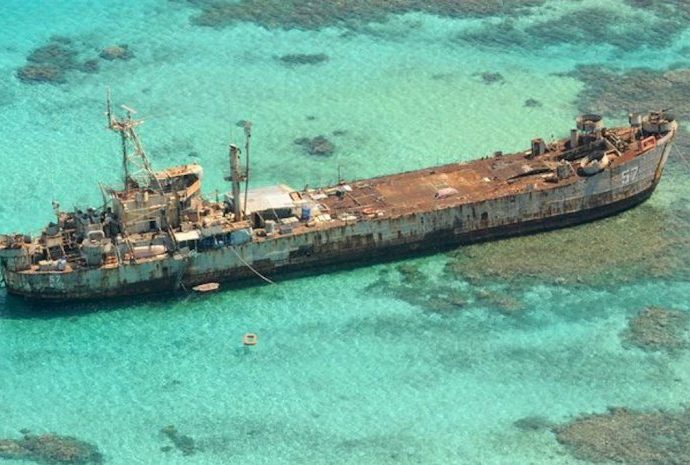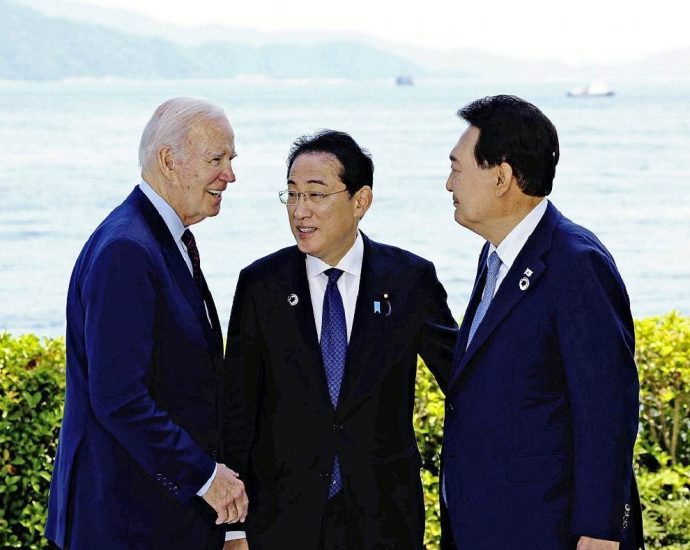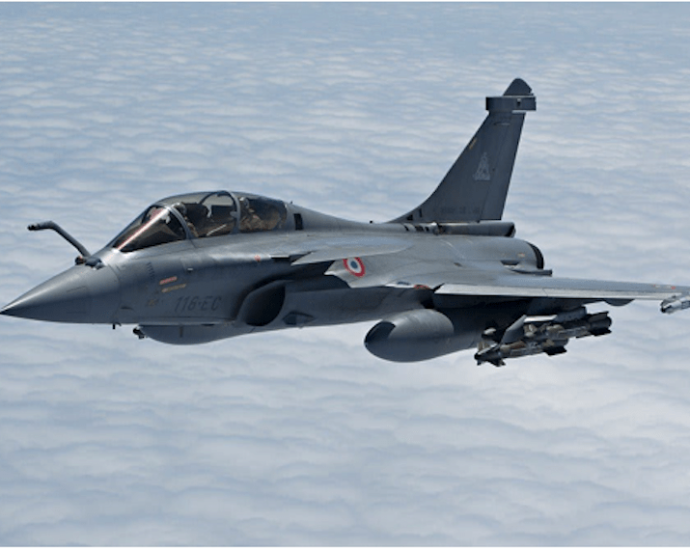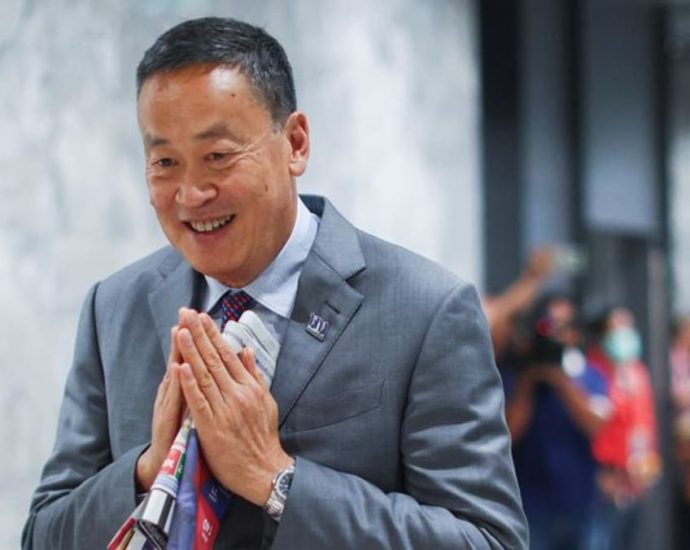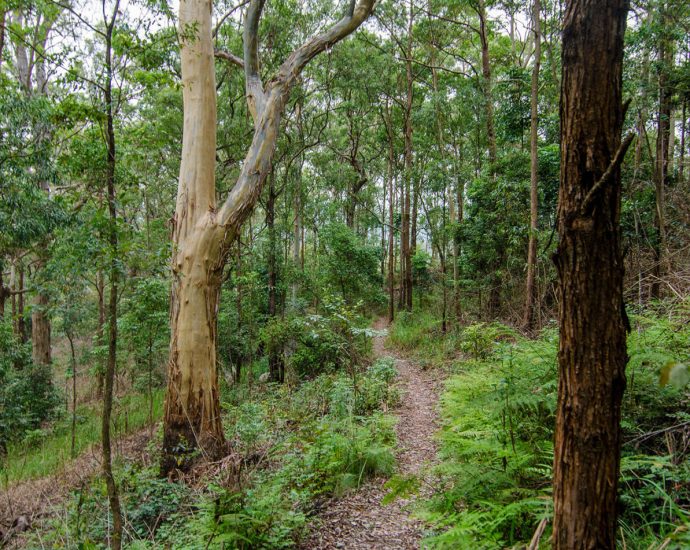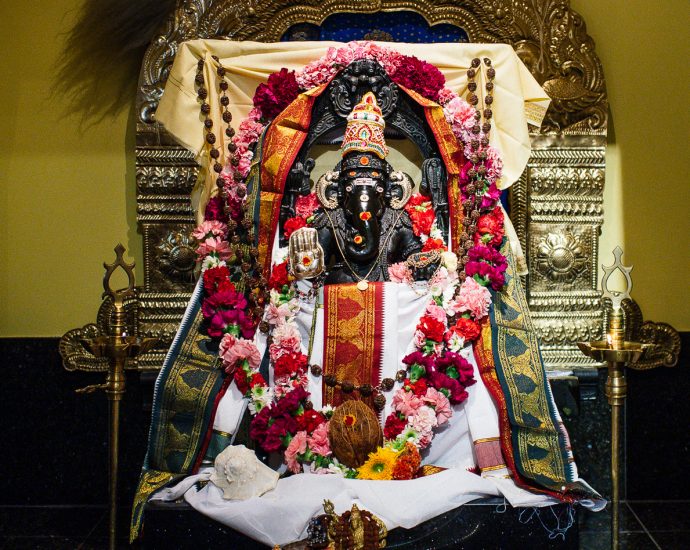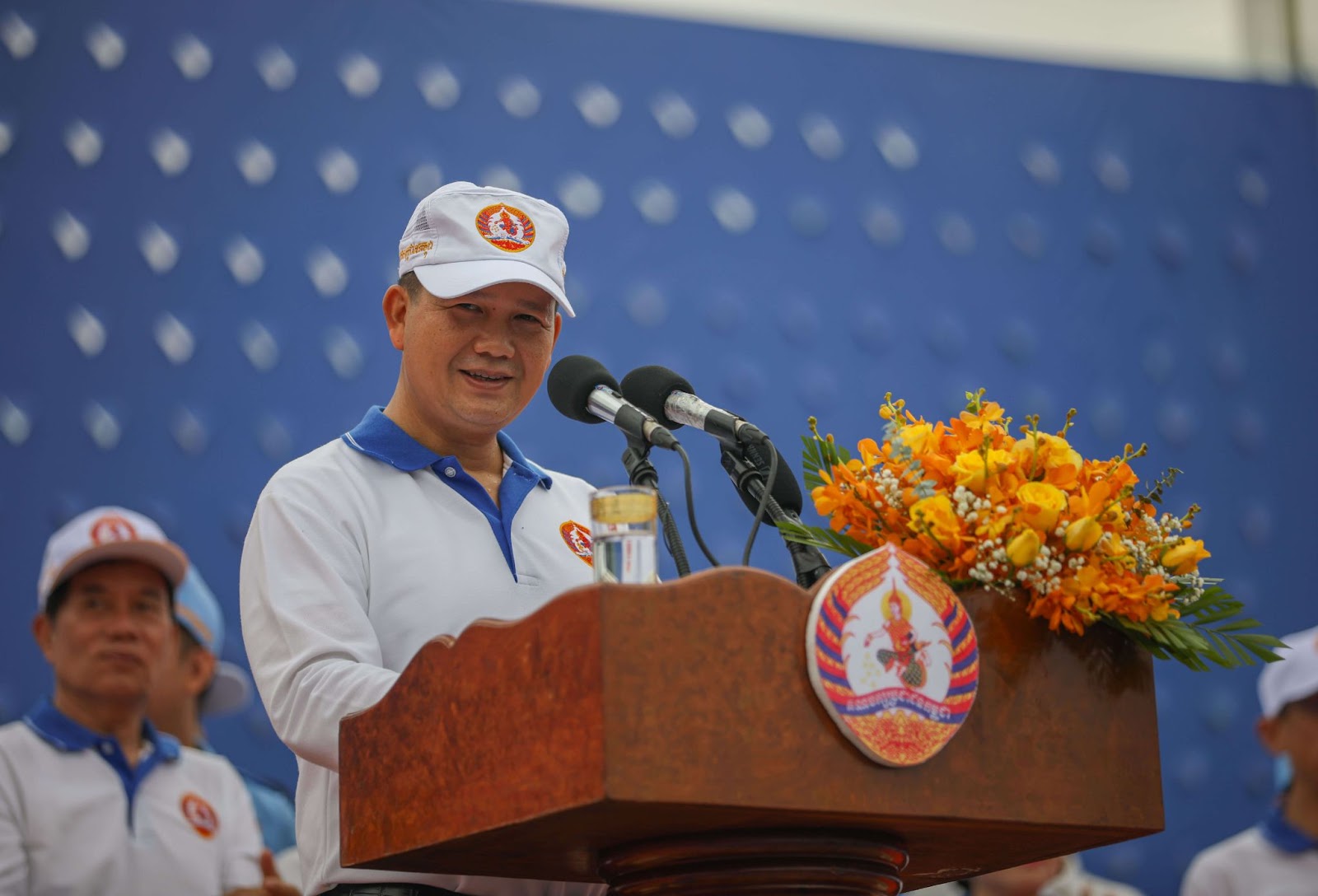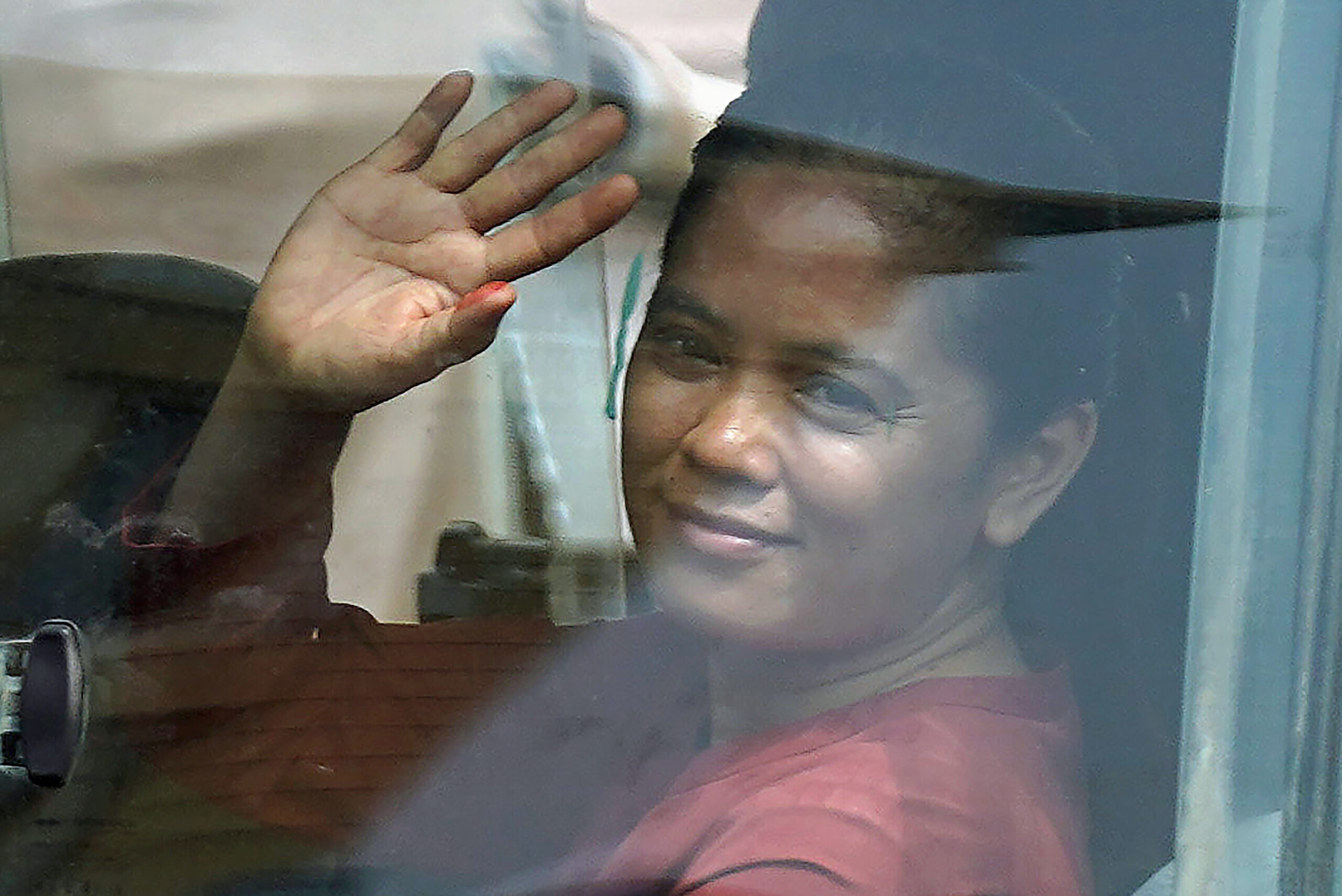Connecting ASEAN: Two-day Business Summit Connects ASEAN with the World – Southeast Asia Globe
Partner Content
As Cambodia continues its ascent to a middle-income country on the back of a successful ASEAN chairmanship and hosting of the SEA Games, it begs the question: where does it fit within ASEAN and the global economy? To help answer this question, EuroCham Cambodia and its partners are organising a two-day ASEAN-Cambodian Business Summit on 28-29 September where business and political leaders will come together to explore the opportunities and challenges of further economic integration

Hosted in Phnom Penh at two of the most luxurious hotels in the city and bookended by premium networking events, the summit will explore the economies of the Mekong Region, bringing together leaders from Cambodia, Laos, Thailand, and Vietnam to promote economic integration within the region and the rest of the world.
“This summit marks the completion of months of work to foster regional integration, trade, and enable a favorable business environment for the growth of Cambodia’s economy. We are looking forward to inviting much anticipated speakers to Cambodia to discuss these issues at the highest level, one month after the newly formed Cambodian government will take office. We are very hopeful that this summit will be a landmark,” Martin Brisson, EuroCham Cambodia’s executive director said.
During the summit, EuroCham Cambodia will release its 2023 White Book, a comprehensive list of policy recommendations covering 13 sectors, and present it to the newly elected Cambodian government. The 2023 Business Confidence Survey will also be launched, a detailed survey that allows business leaders in Cambodia to candidly describe the climate for doing business in the country.
Over lunch on Thursday, we are expecting a keynote presentation about ASEAN regional integration, focusing on the Mekong region, and a discussion on how to foster business between ASEAN and the European Union with the participation of high-level ASEAN Secretariat representatives amongst top business leaders and Cambodian government officials. The afternoon will feature trade experts presenting on regional infrastructure, investment opportunities, and digitalisation, among other topics. In the evening, our guests will be invited to rejoice with Cambodian hospitality for networking cocktails.
European Union representatives will introduce the EU’s Global Gateway strategy and break down the EU’s trade policy with Cambodia. To close the summit on Friday morning, we will turn our focus on Cambodia, its newly formed government, and learn about the Kingdom’s business opportunities through the stories of successful entrepreneurs and business owners in smaller mini-sessions that will allow participants to engage with the speakers.
Mr. Bryan Fornari, Head of Cooperation at the European Union Delegation to Cambodia, remarked: “We are glad to take part in this initiative that will contribute to identify relevant investment opportunities and new sectors with local added value for the economic development of Cambodia, as it seeks to graduate from Least Developed Country (LDC) status in 2027. The partnership with the Private Sector remains crucial and we are keen to explore this engagement under the framework of the Global Gateway, promoting investments in quality infrastructure and connecting goods, people and services in a sustainable way”.
Friday afternoon is left voluntarily free for guests to either discover Phnom Penh’s tourist spots or engage in customized business meetings designed by the EuroCham service department.
EuroCham is proud to partner with ARISE + Cambodia and the European Union Delegation to Cambodia to organise the event. Both organisations bring expertise and insight into Cambodia’s policies and its trade relations with the European Union.
Mr. Kha Sok, ARISE Plus Trade Advisor, said: “We are delighted to join this partnership to bring such an important Summit to happen in Cambodia. The region has made significant efforts in promoting integration and connectivity, with various initiatives such as bilateral and regional trade deals and the rise of cross-border trade volume in overall and digital trade in particular. It is crucial for all economic players to have a robust understanding of its opportunities and challenges, and foster cooperation to address all the bottlenecks reaping the benefits.
The Summit will bring a good mix of practitioners and experts to provide many great knowledge and practical insight and provide an excellent opportunity to exchange and explore on trade and investment potential of Cambodia and the region.”
Event Details
Date: September 28-29
Venue: Sofitel Phnom Penh Phokeethra and Hyatt Regency
Full Website with Tickets/Details: https://tinyurl.com/yc3cd593


